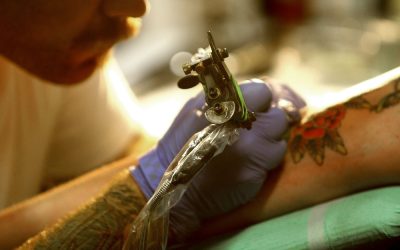Sleep quality declines after drinking alcohol because the body is unable to enter sleep cycles properly. Several cycles occur during sleep and the body goes in and out of each phase a few times per night. Some examples of sleep stages include REM (rapid eye movement) sleep, light sleep, and deep sleep.

Ultimately, alcohol can decrease the amount and quality of sleep you get. More severe cases of chronic insomnia may require different insomnia and alcoholism treatment strategies. Different forms of therapy, mindfulness, meditation, or hypnotherapy, can address insomnia symptoms.
0 Familial predisposition for alcoholism effects on sleep?
Two papers published in CMAJ Monday underscore the dangers that high-risk alcohol use can pose to people like Lynn. The first explains that high-risk drinking often goes unrecognized and offers guidelines for treating it. And the second shows that certain kinds of antidepressants can drive some alcohol users to drink more.
Feige et al. (2007) reported elevated beta activity in REM and gamma activity in
stage 2 NREM sleep, but only in data from the adaptation nights, with no differences for
subsequent placebo nights from their drug study. Irwin et
al. (2002) reported a trend for elevated beta activity in https://ecosoberhouse.com/ alcoholics across the
entire night at baseline that became a significant difference during a recovery night
following a night of partial sleep deprivation. Colrain et
al. (2009b) did not see any differences between alcoholics and controls in high
frequency EEG activity during sleep.
What are the Risks of Alcohol with People with Insomnia?
Women also reported higher ratings of sleepiness after consuming alcohol than did men. No
sex differences in the effects of alcohol on sleep were seen in the group of older
adolescents studied by Chan et al. (Chan et al.
2013). Further, estimated lifetime alcohol
consumption predicted percentage of SWS in alcoholic men but not alcoholic women (Colrain, Turlington, and Baker 2009a). Estimated
lifetime alcohol consumption was higher in alcoholic men than women, and the women had
longer periods of sobriety prior to testing on average.
